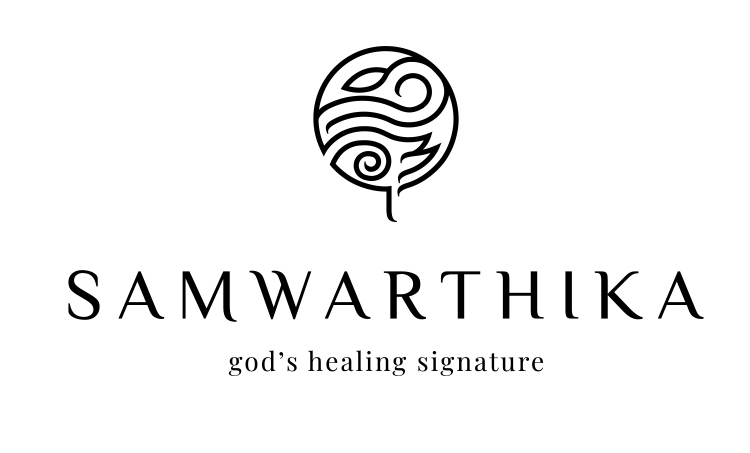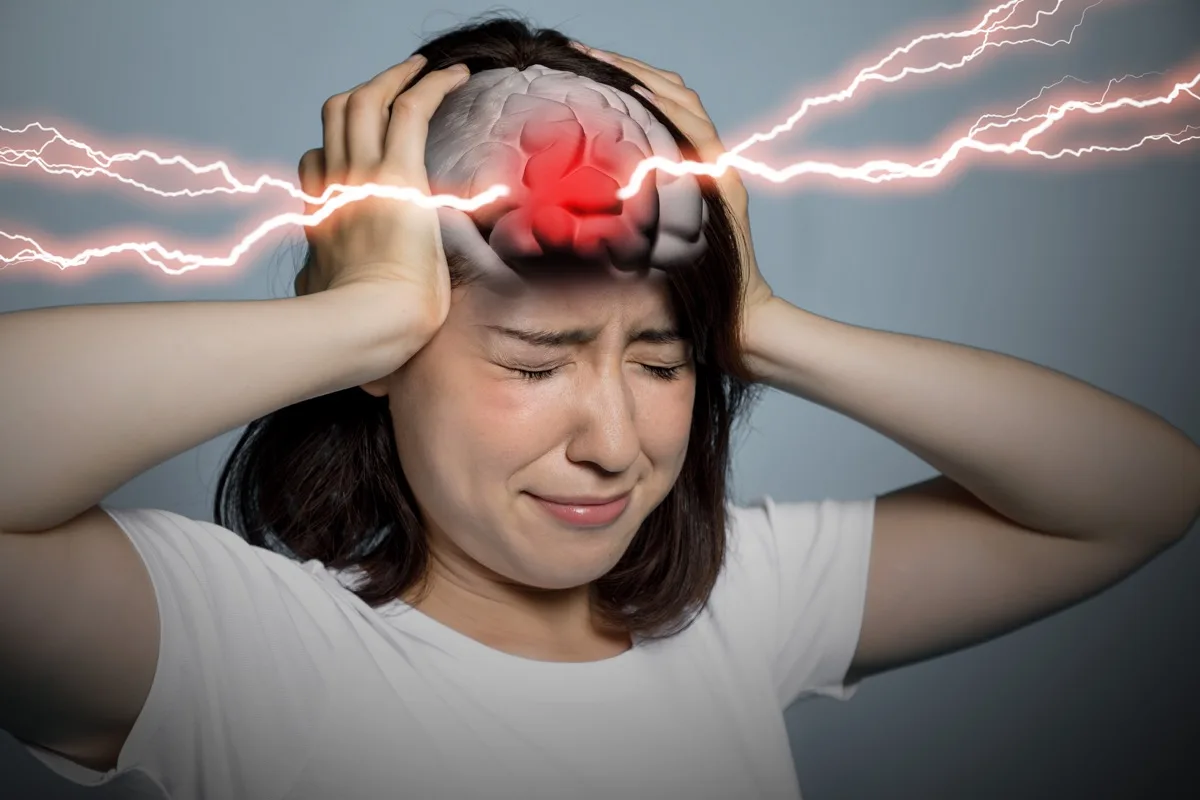Stroke is a condition in which there is a rapid loss of brain functions caused by disturbed blood supply to brain. There are two main types of stroke namely ischemic (due to lack of blood flow) caused by blockage (thrombosis or arterial embolism) and hemorrhagic (due to rupture of blood vessel). Paralysis is one of the most common disabilities following a stroke. The paralysis is usually on the side of the body opposite the side of the brain damaged by stroke, and may affect the face, an arm, a leg, or the entire side of the body. The patient may suddenly lose the ability to move one or more limbs on one side of the body, inability to understand or formulate speech, or an inability to see one side of the visual field. Depending on the area of the brain involved, related functions are affected.
Speed and extent of recovery after a stroke depends on a lot of factors including magnitude of damage caused to the brain, area of the brain affected, age and general health status.
Causes
- Atherosclerosis
- High blood pressure
- Atrial fibrillation
- High cholesterol
- Diabetes Mellitus
- Unhealthy diets
- Unhealthy life style
- Stress
- Hereditary tendency
Stroke in Ayurveda
Stroke can be clearly correlated with the condition of pakshaghata in Ayurveda which is kevala vata vyadhi and results because of vata kopa. Vata dosha gets vitiated The treatment procedures like snehana which is a medicated oil application, nasya,(which provide significant and quick improvement in Facial paralysis),virechana which cause vatanulomana , pinda swedana,Kaya seka (pouring of warm medicated oil on the body) and vasthi which is a special type of enema therapy helps to strengthen the muscle tissue and reestablishes the neuromuscular function are effective for the management of stroke. In addition to this, sirovasthi, pichu,,Njavarakizhi etc are also practiced. These therapies dismiss toxins from different channels and help in clearing blockages and disturbances thereby increasing peripheral blood supply.and occupies the rakthasrothas(vacant channels in the body).This vitiated vata dosha affects siras (vesicles) and snayus(tendons and ligaments)of one half of the body and face. This is the pathogenesis explained by Ayurveda.
In Samwarthika Ayurveda Hospital, an optimized treatment plan is formed by our physicians considering the stage of the paralysis, and for how long the patient has had this condition as well as their strength. The treatment procedures like snehana which is a medicated oil application, nasya, (which provide significant and quick improvement in Facial paralysis),virechana which cause vatanulomana , pinda swedana,Kaya seka (pouring of warm medicated oil on the body) and vasthi which is a special type of enema therapy helps to strengthen the muscle tissue and reestablishes the neuromuscular function are effective for the management of stroke. In addition to this, sirovasthi, pichu,Njavarakizhi etc are also practiced. These therapies dismiss toxins from different channels and help in clearing blockages and disturbances thereby increasing peripheral blood supply.

